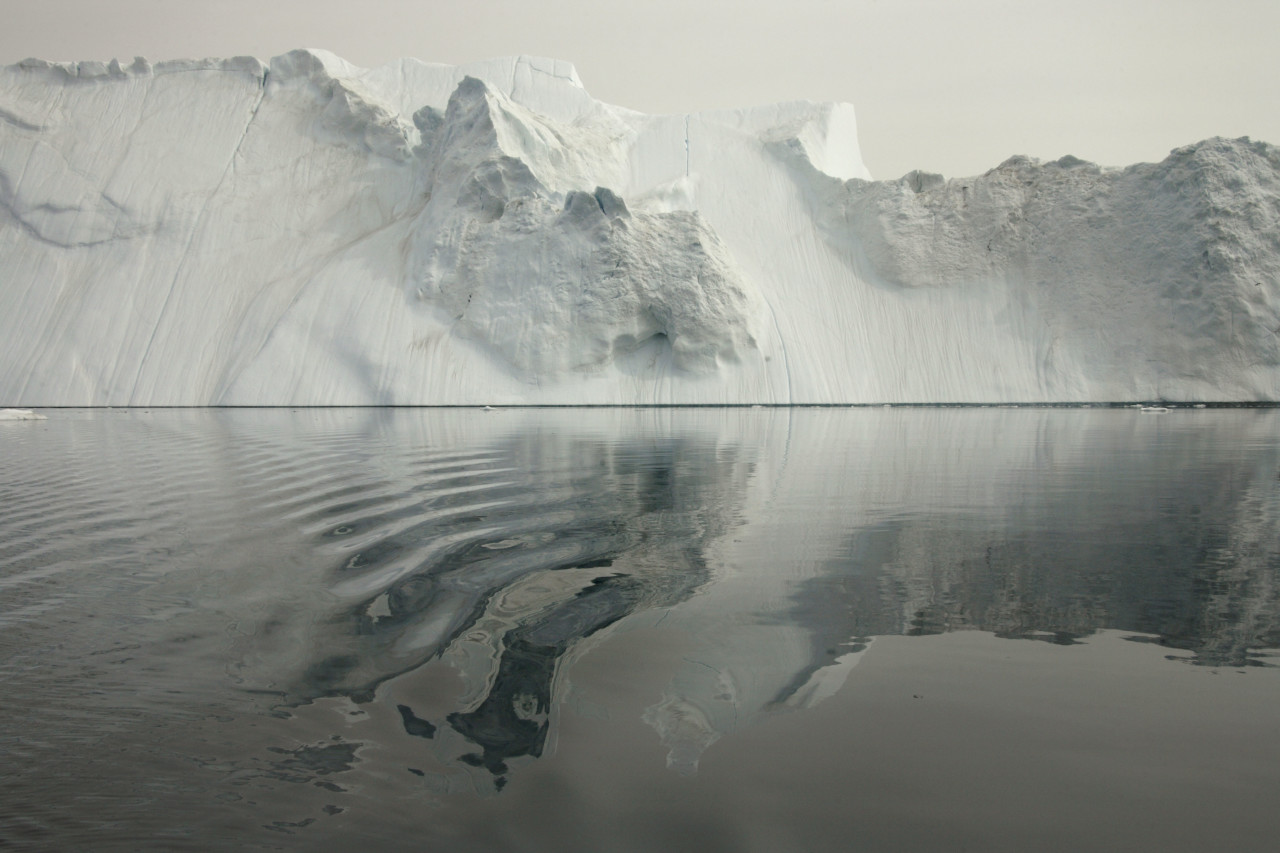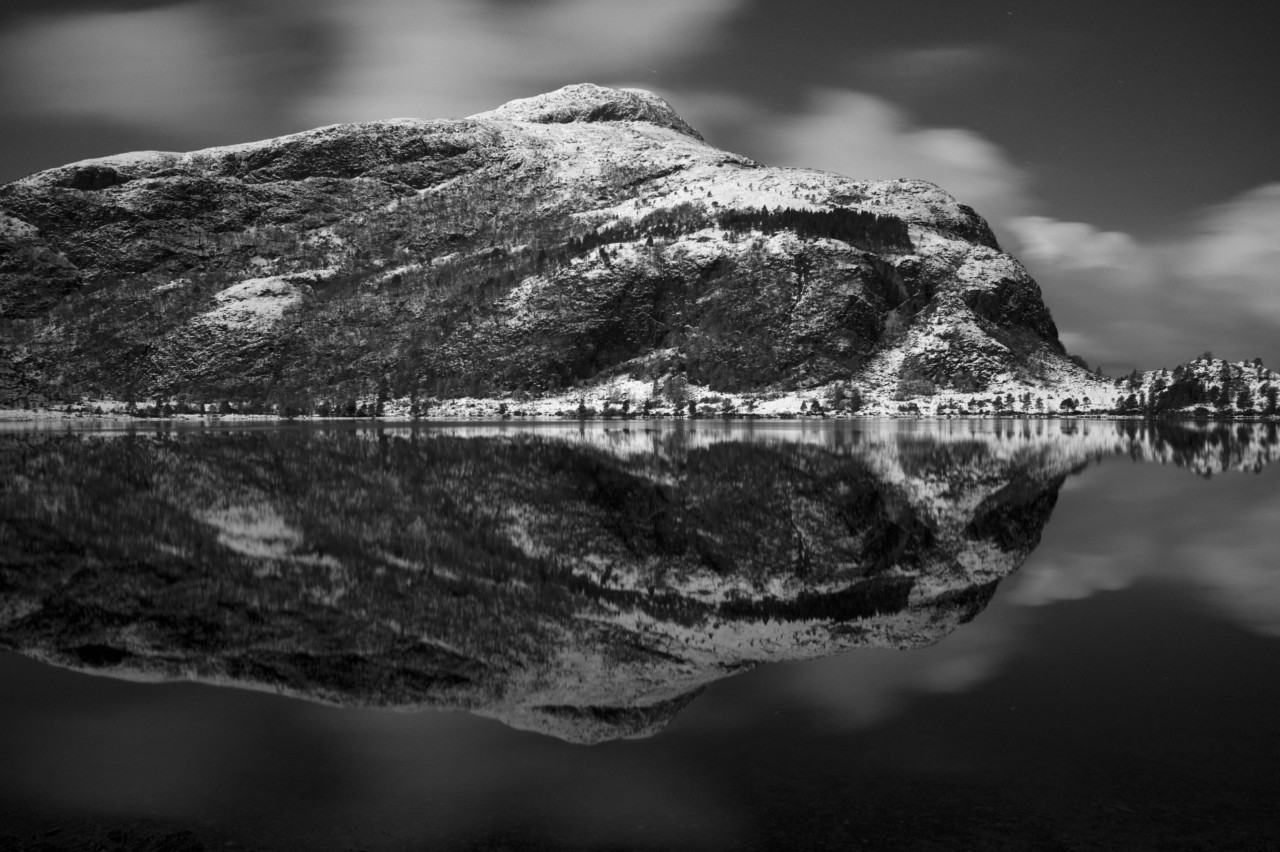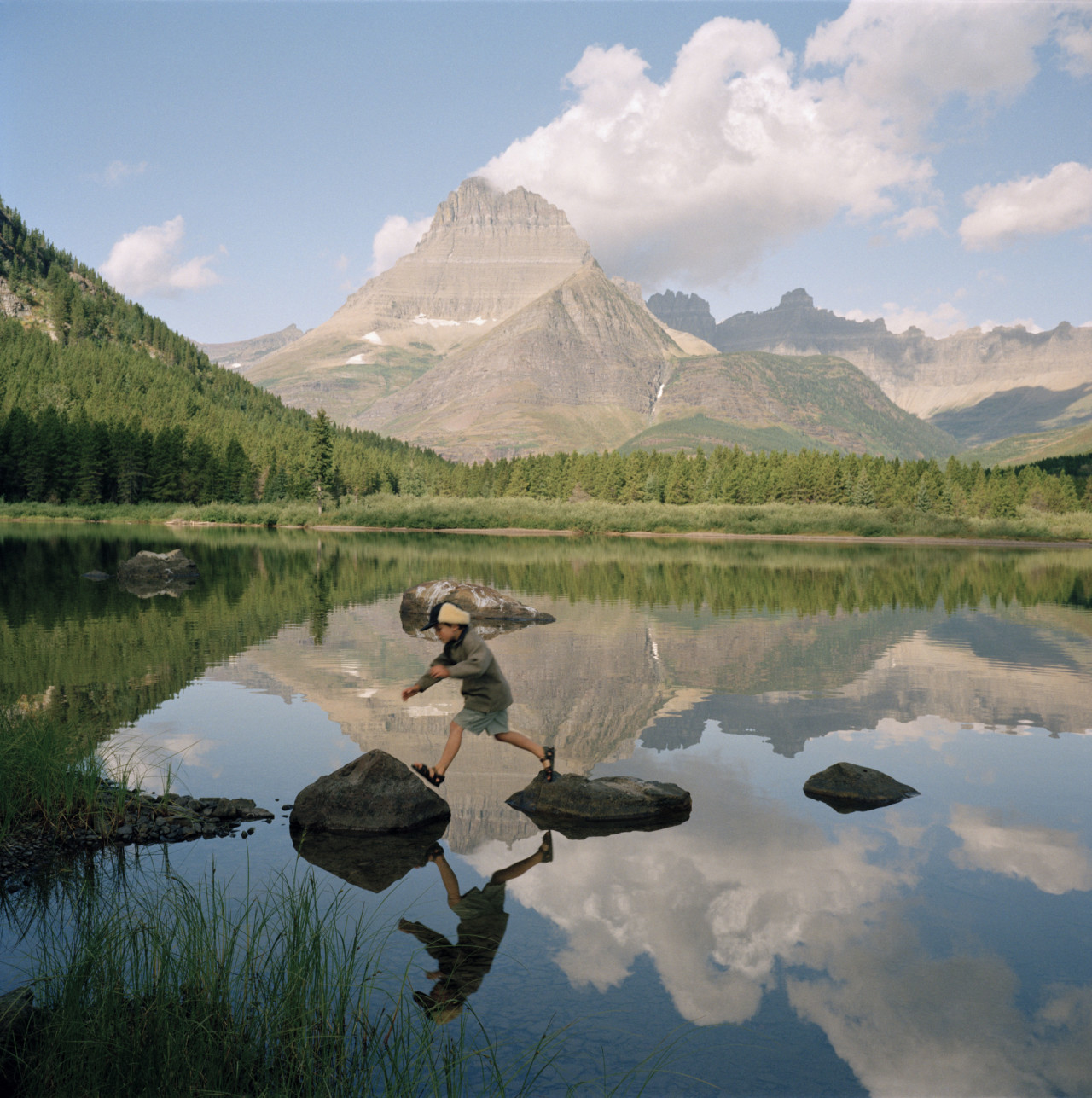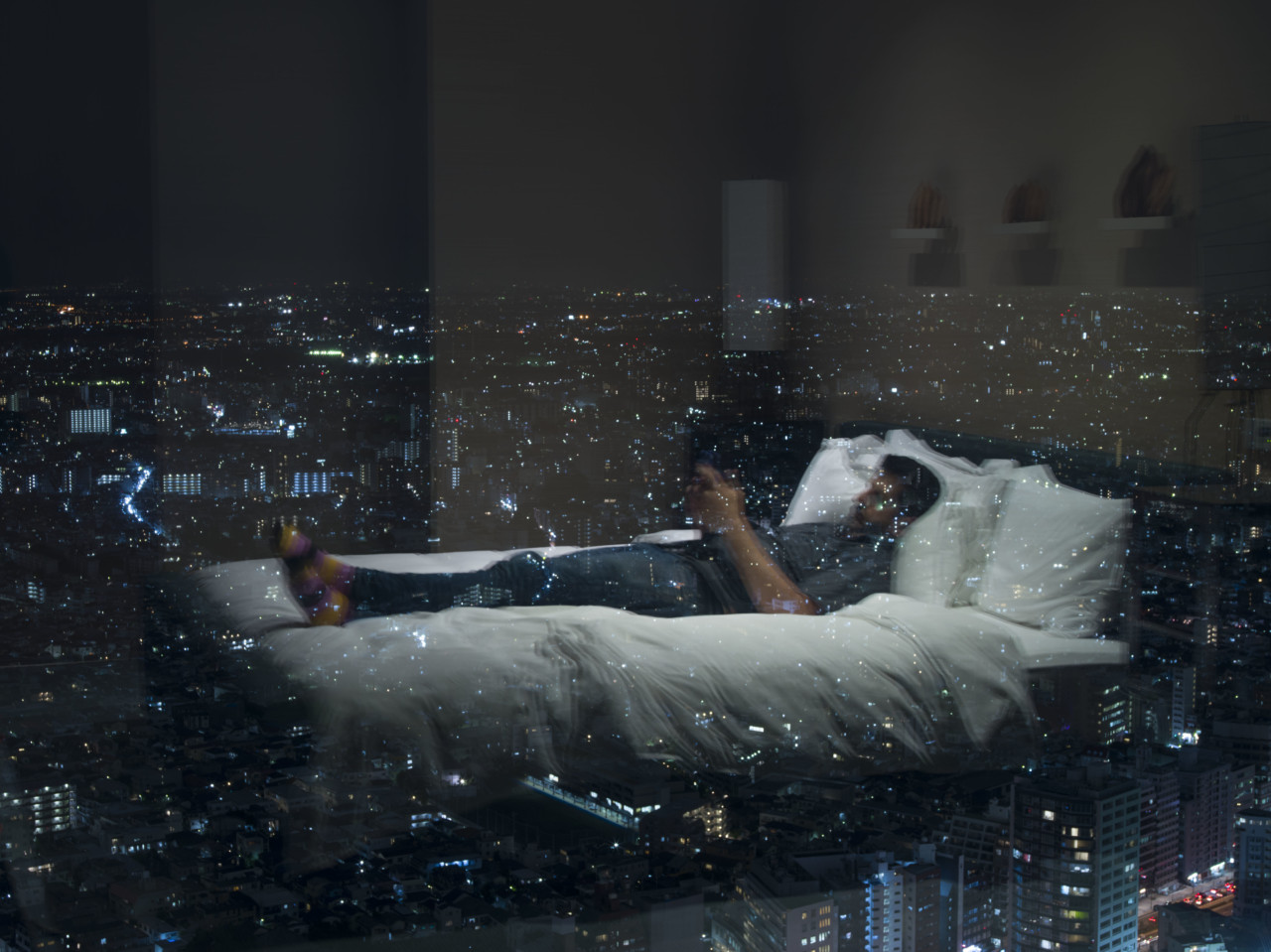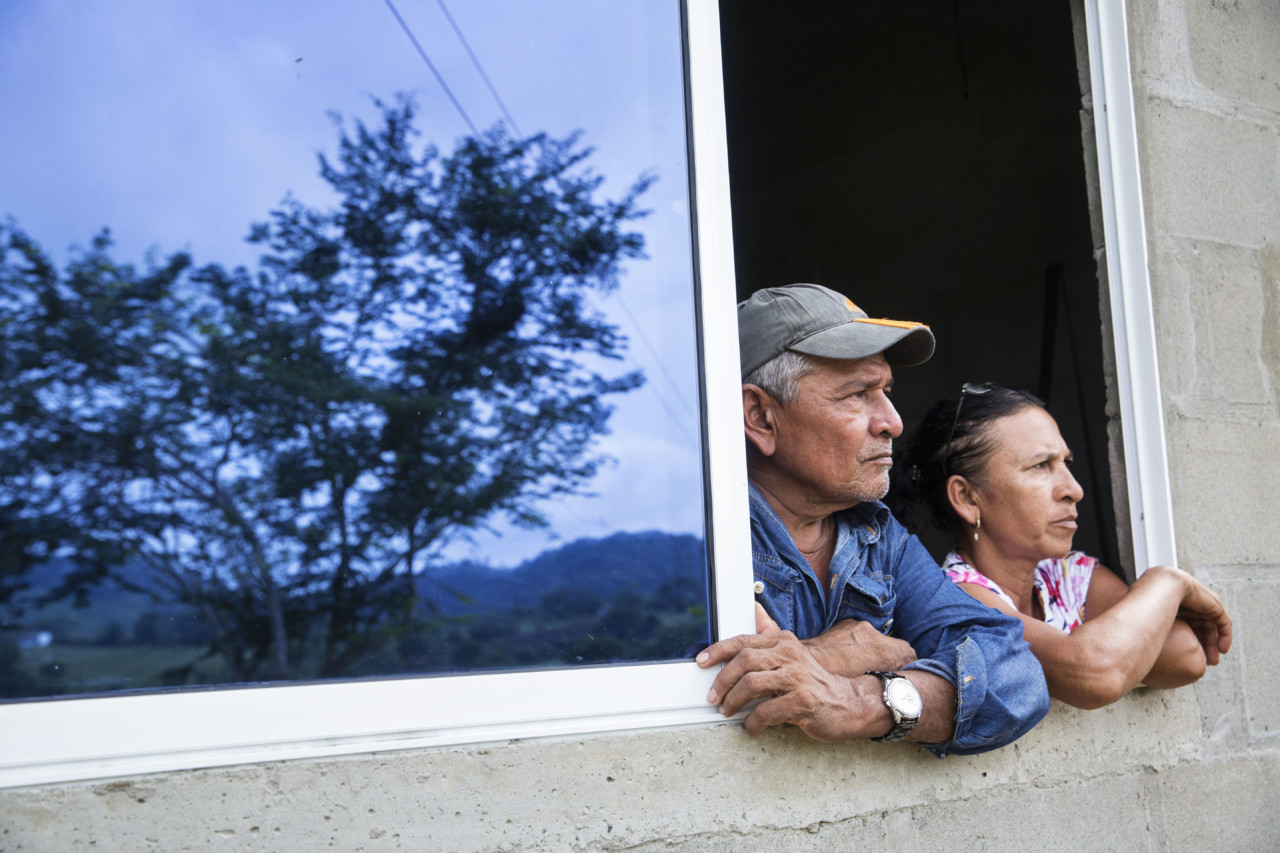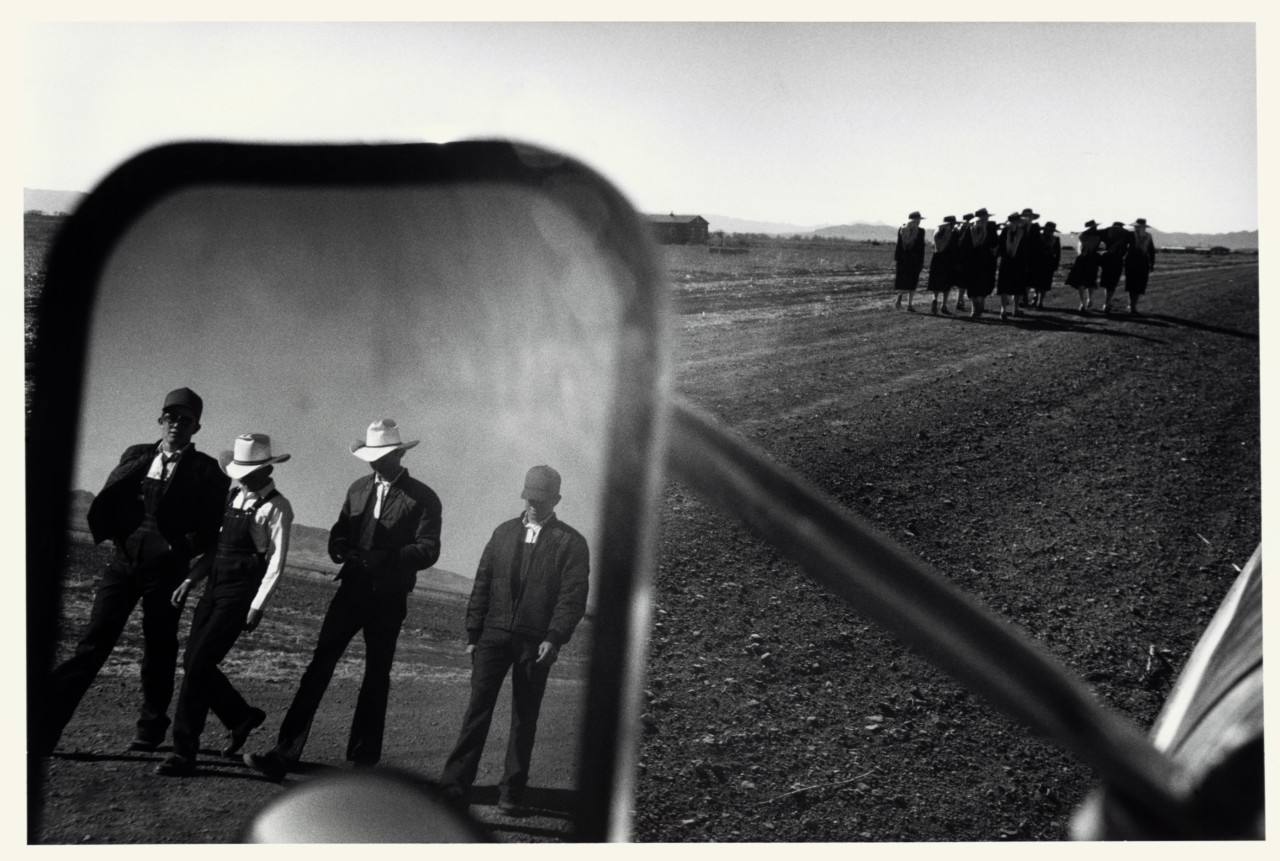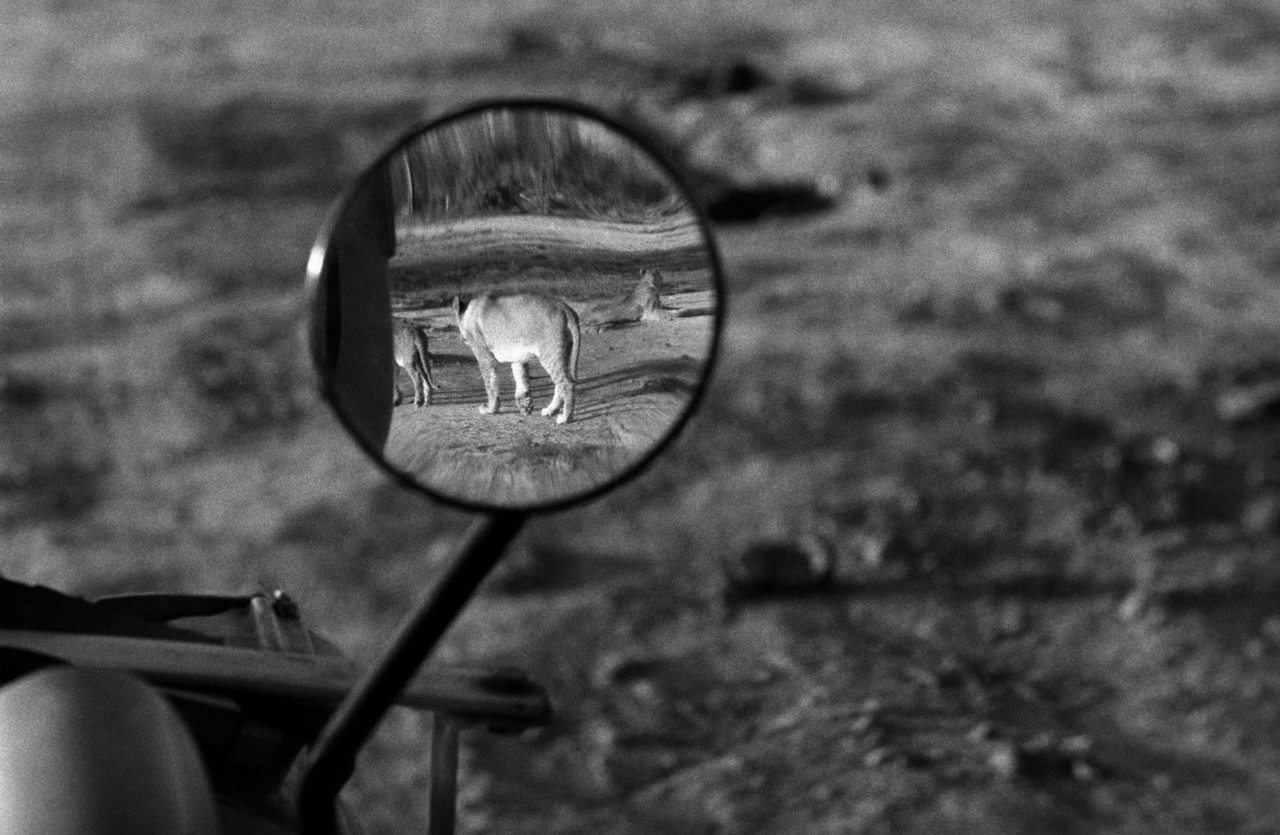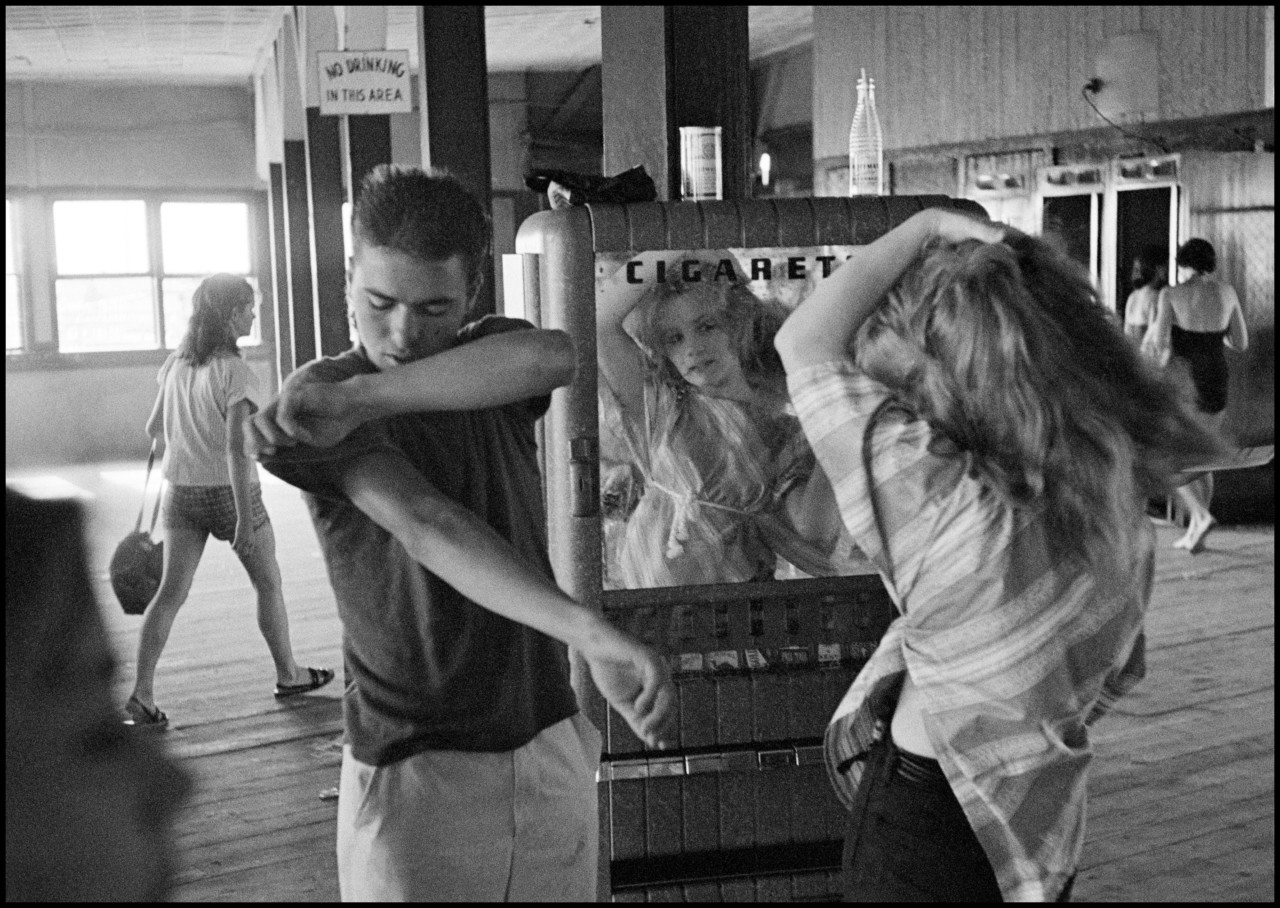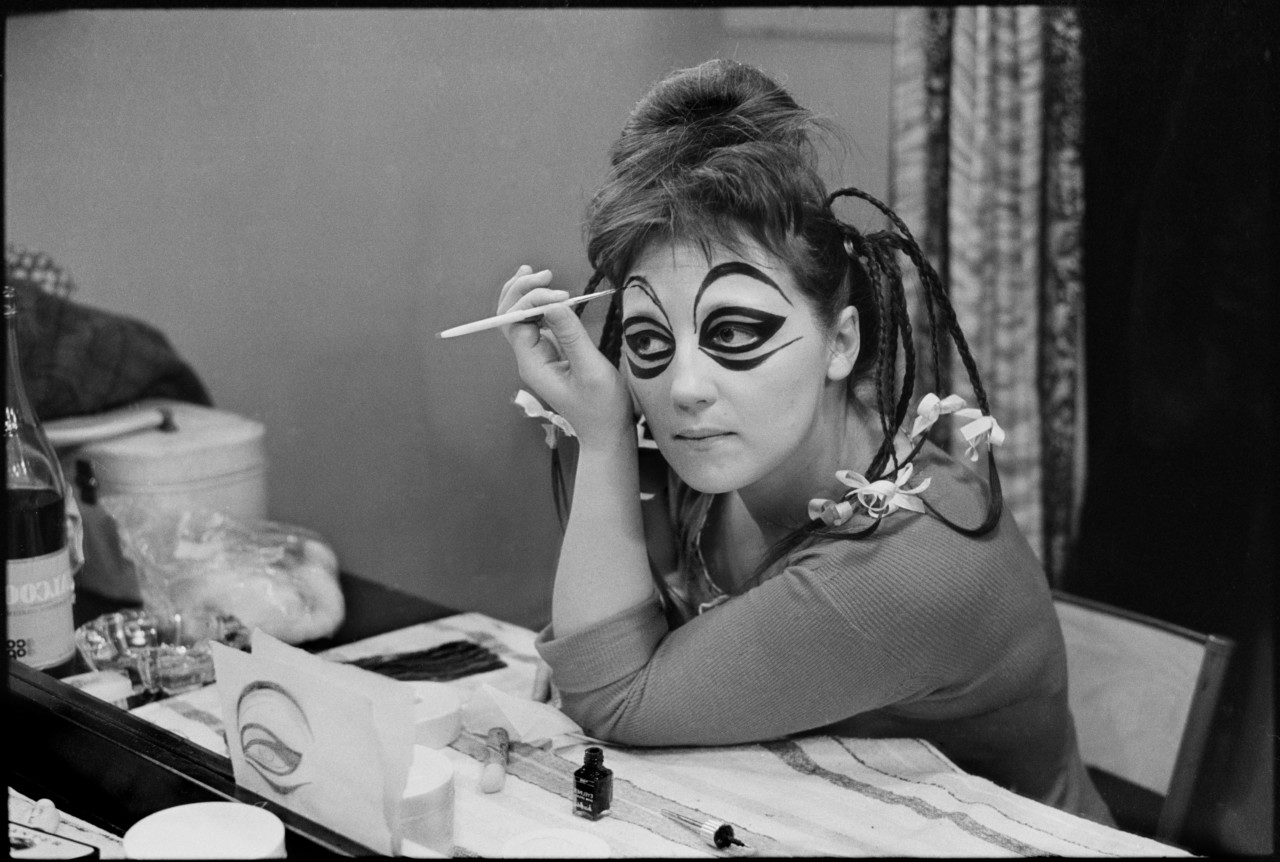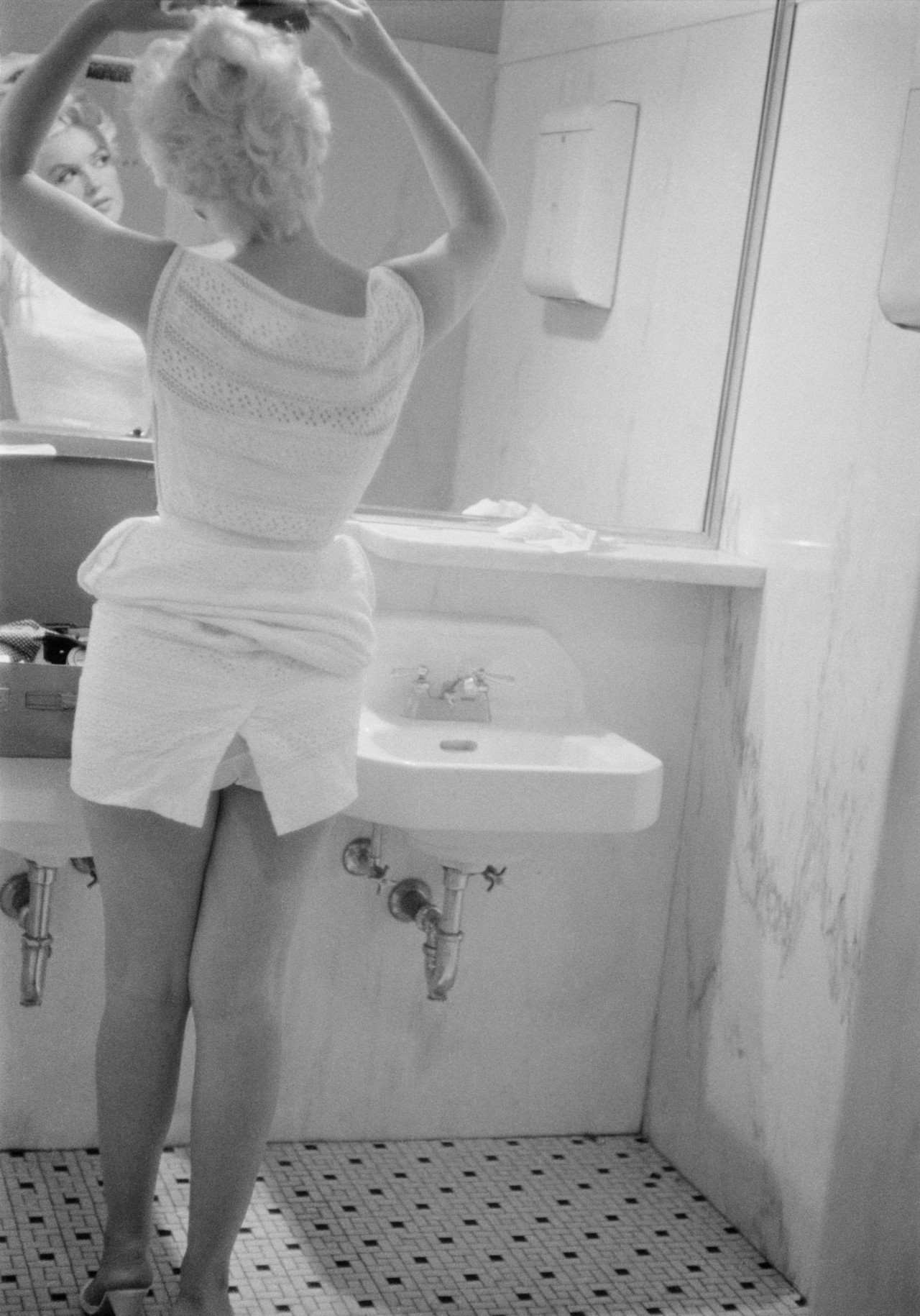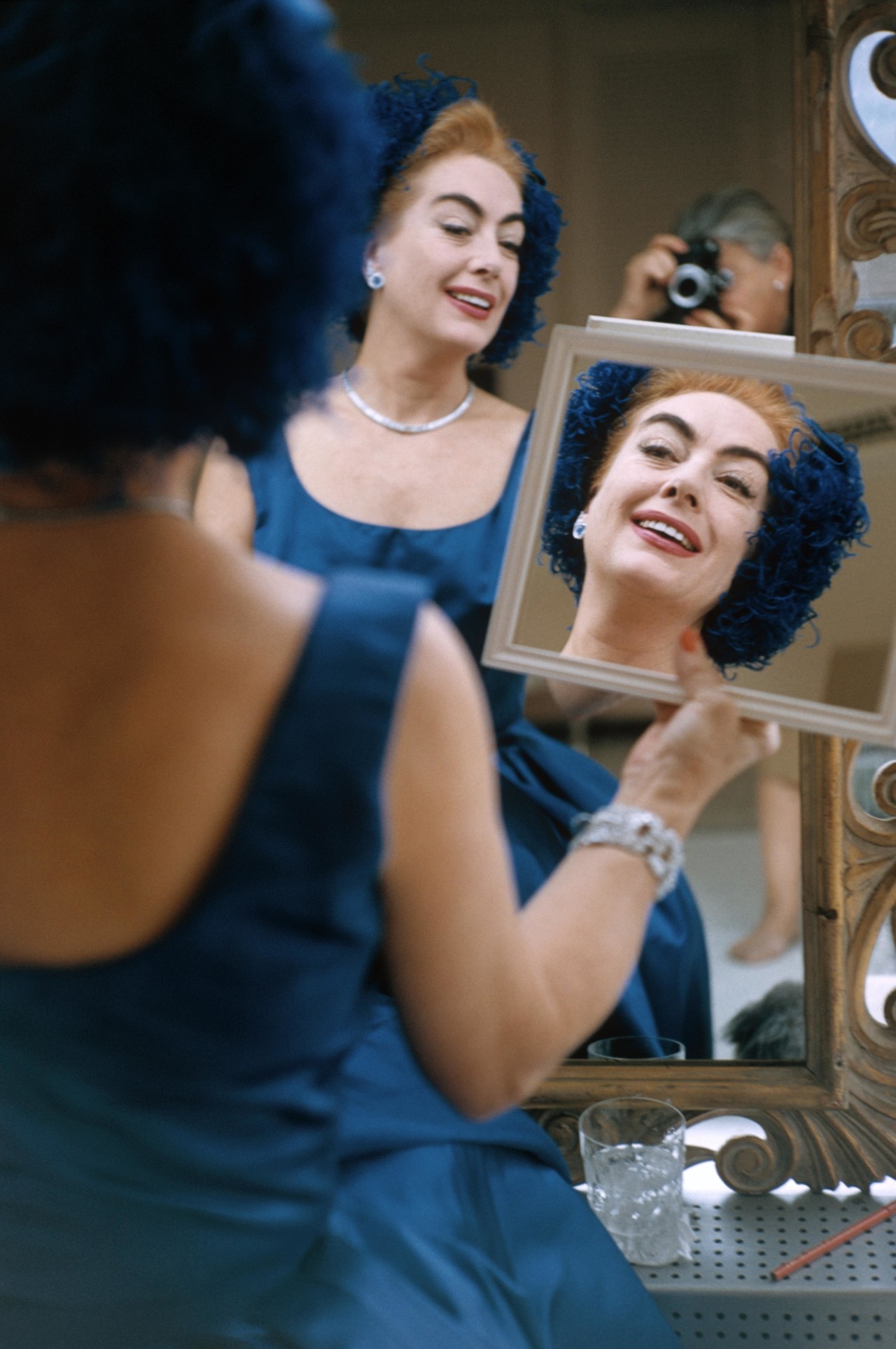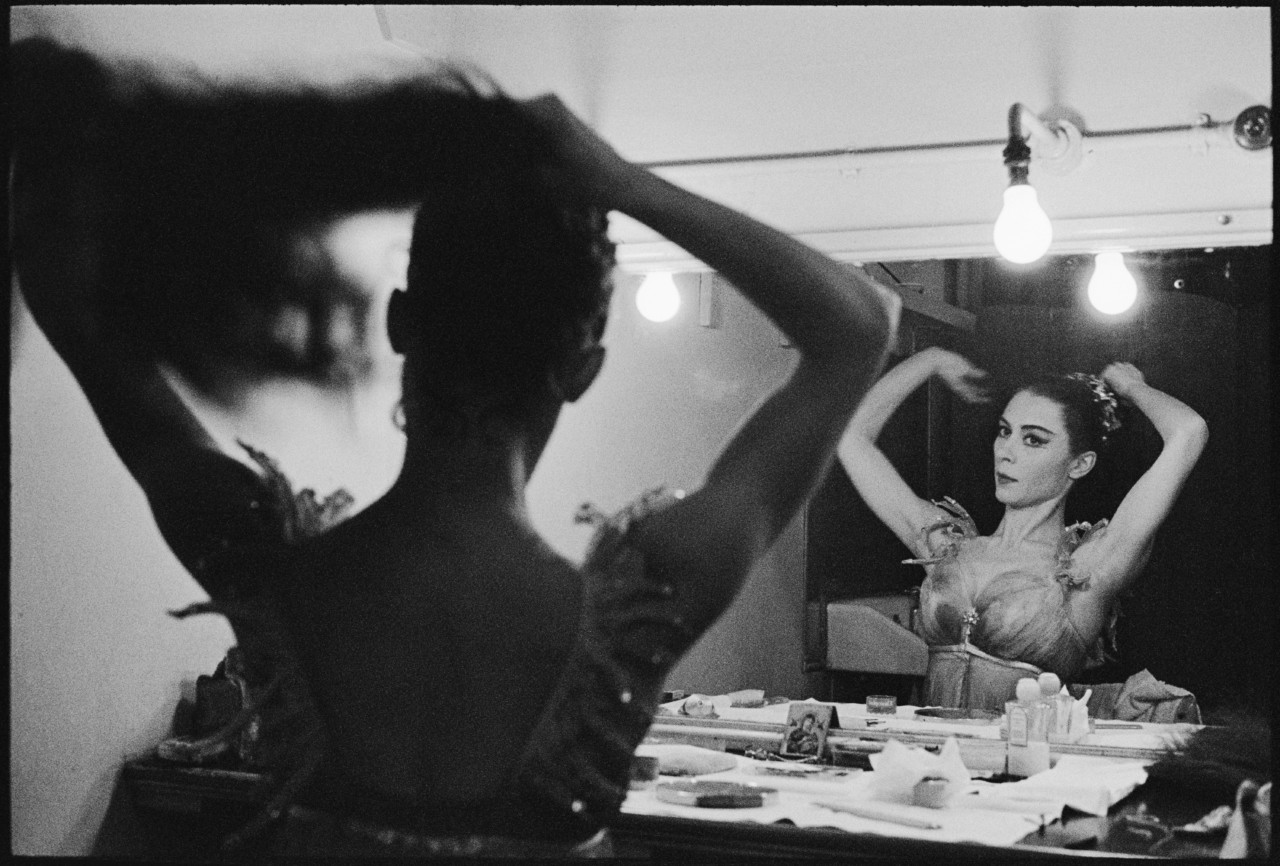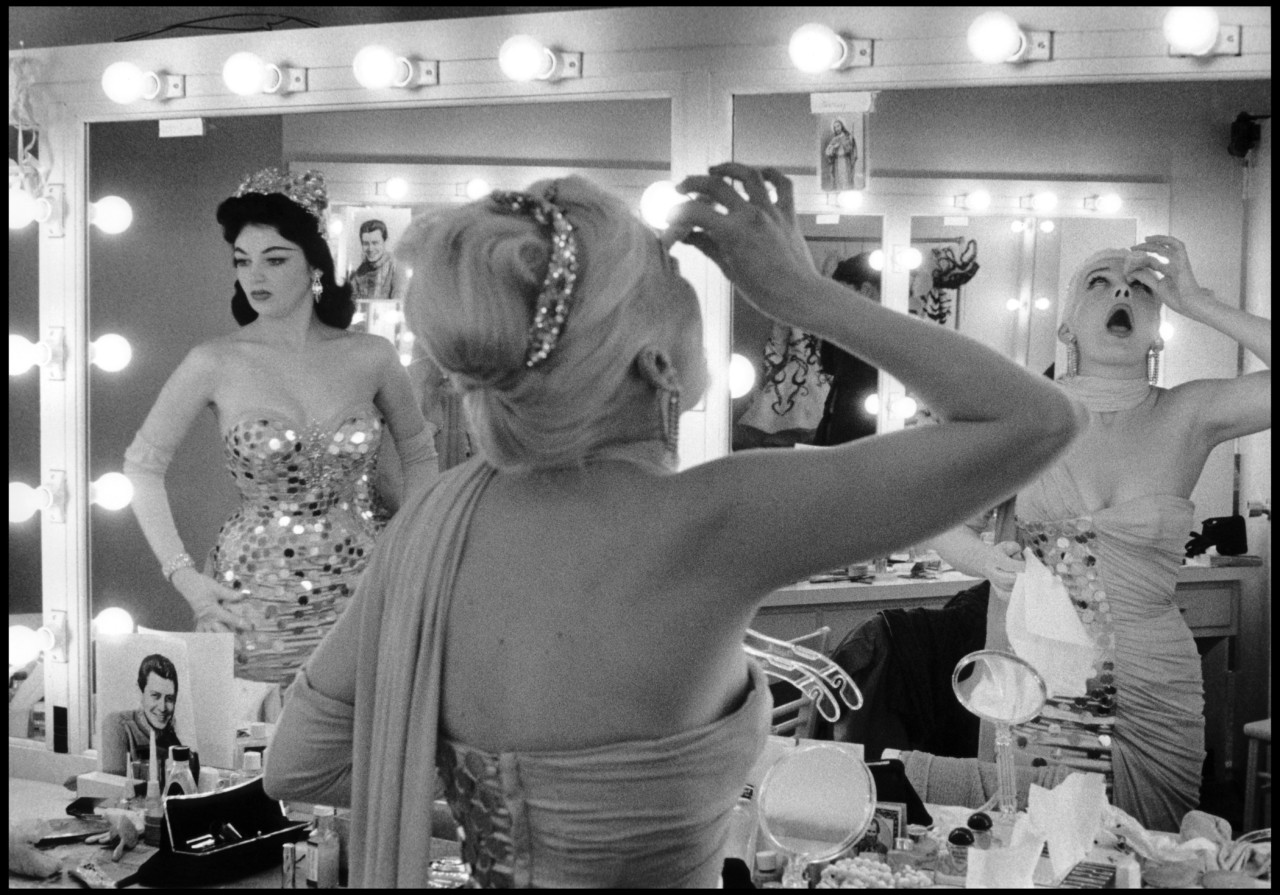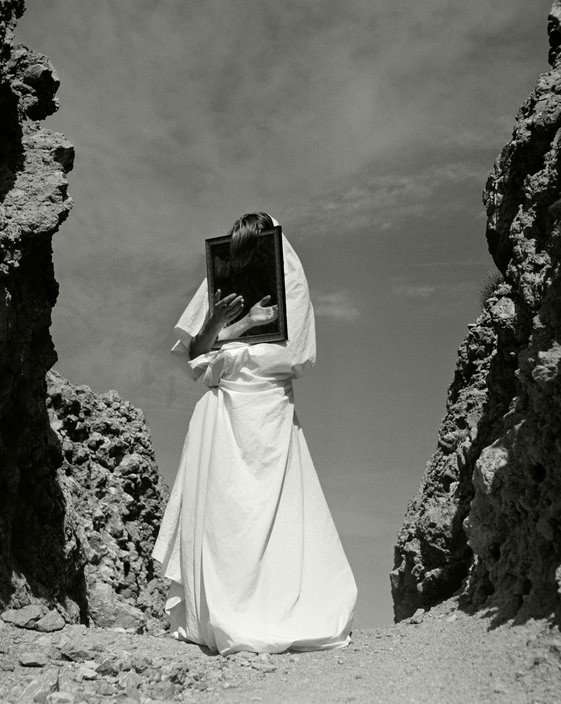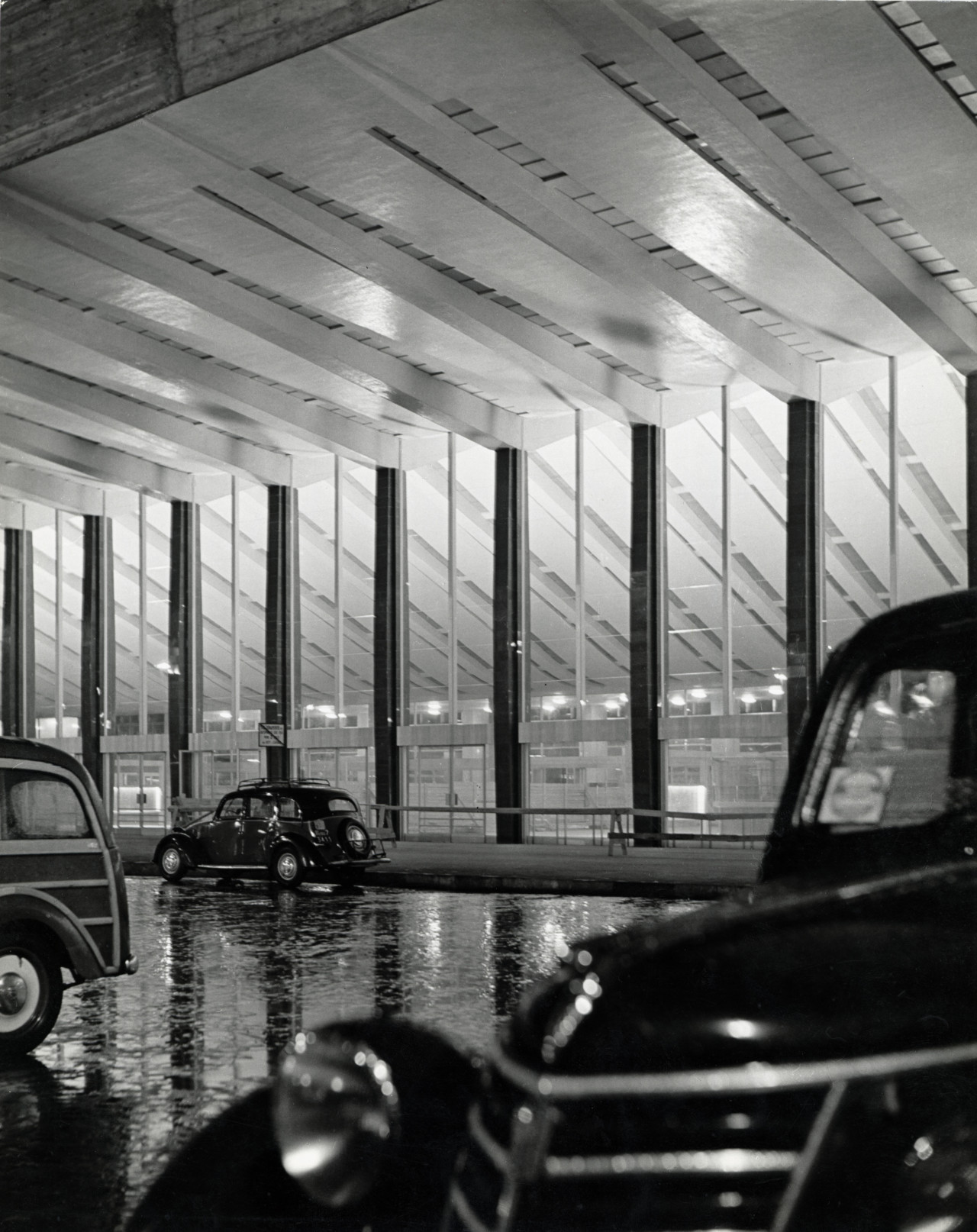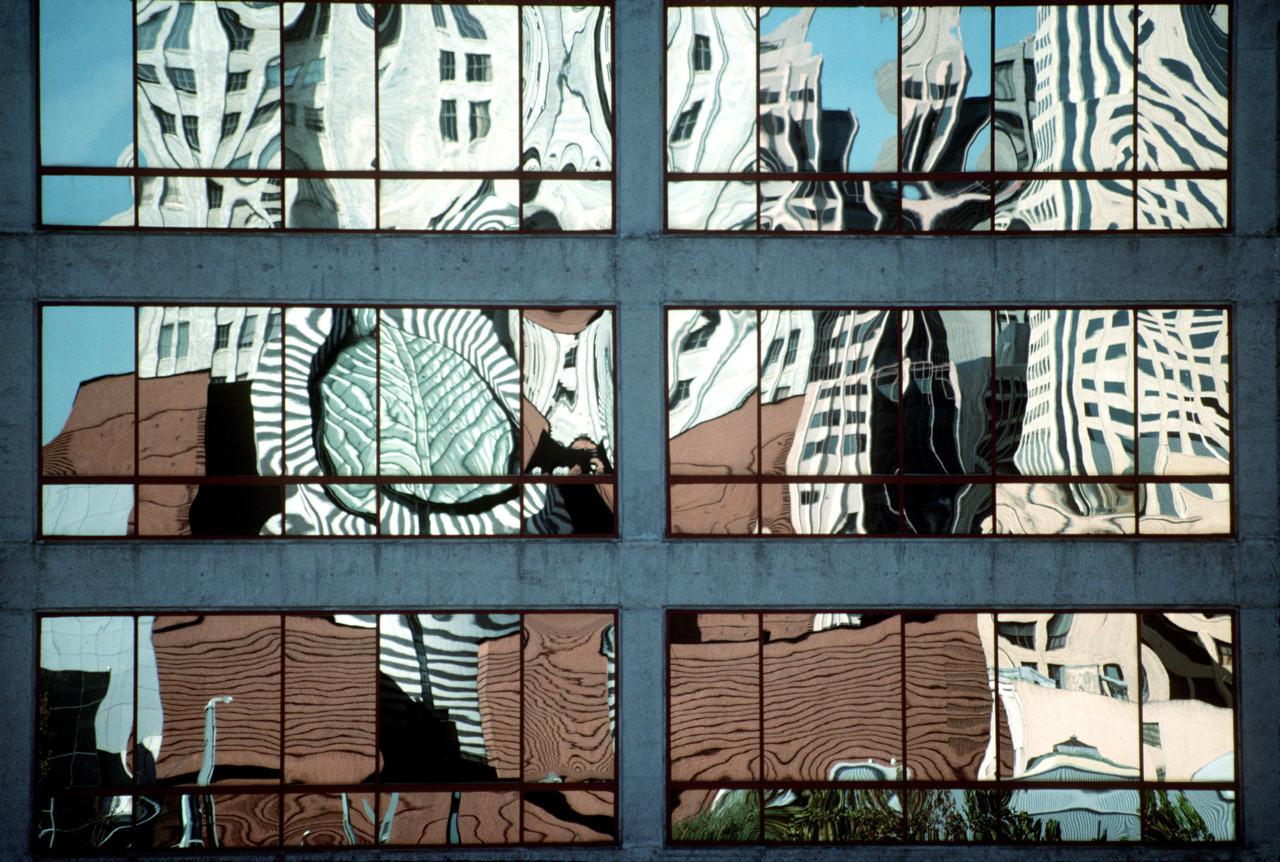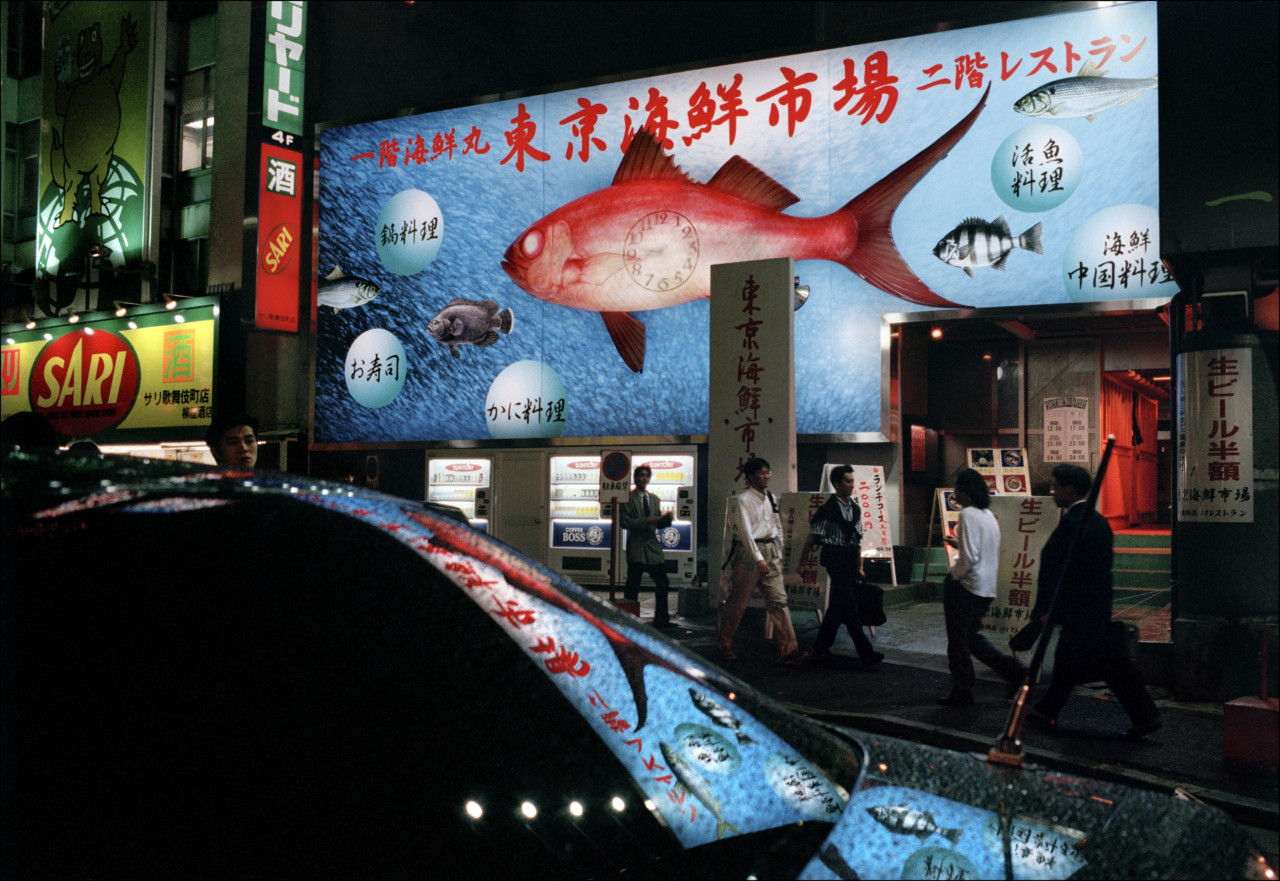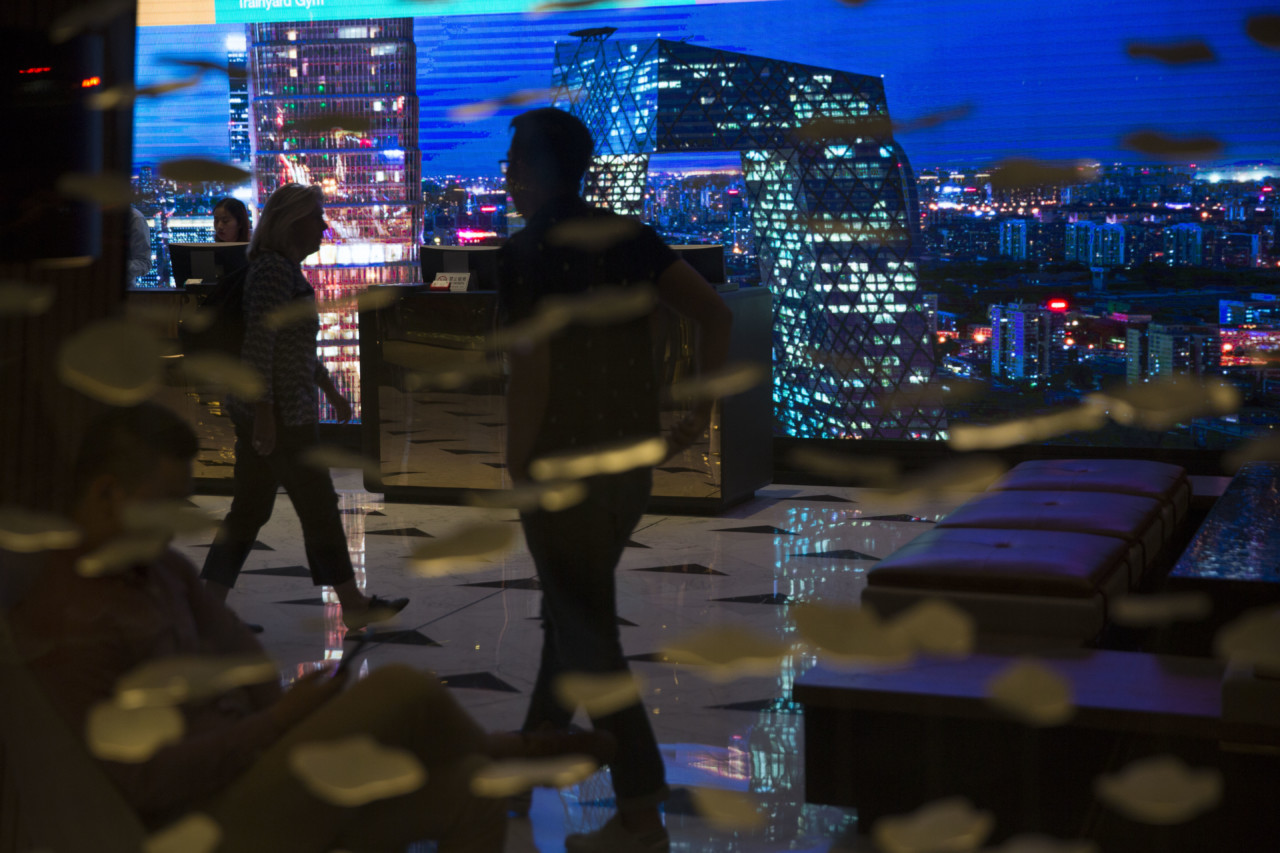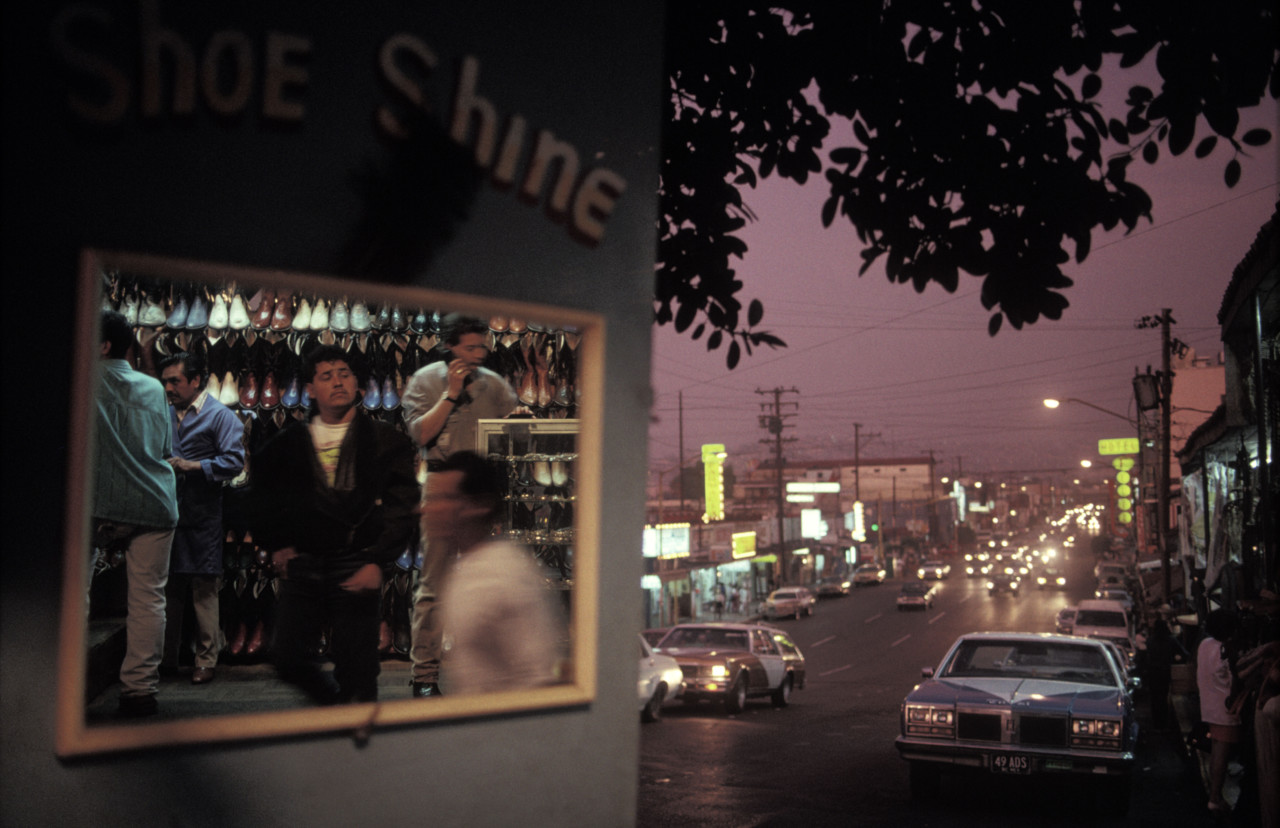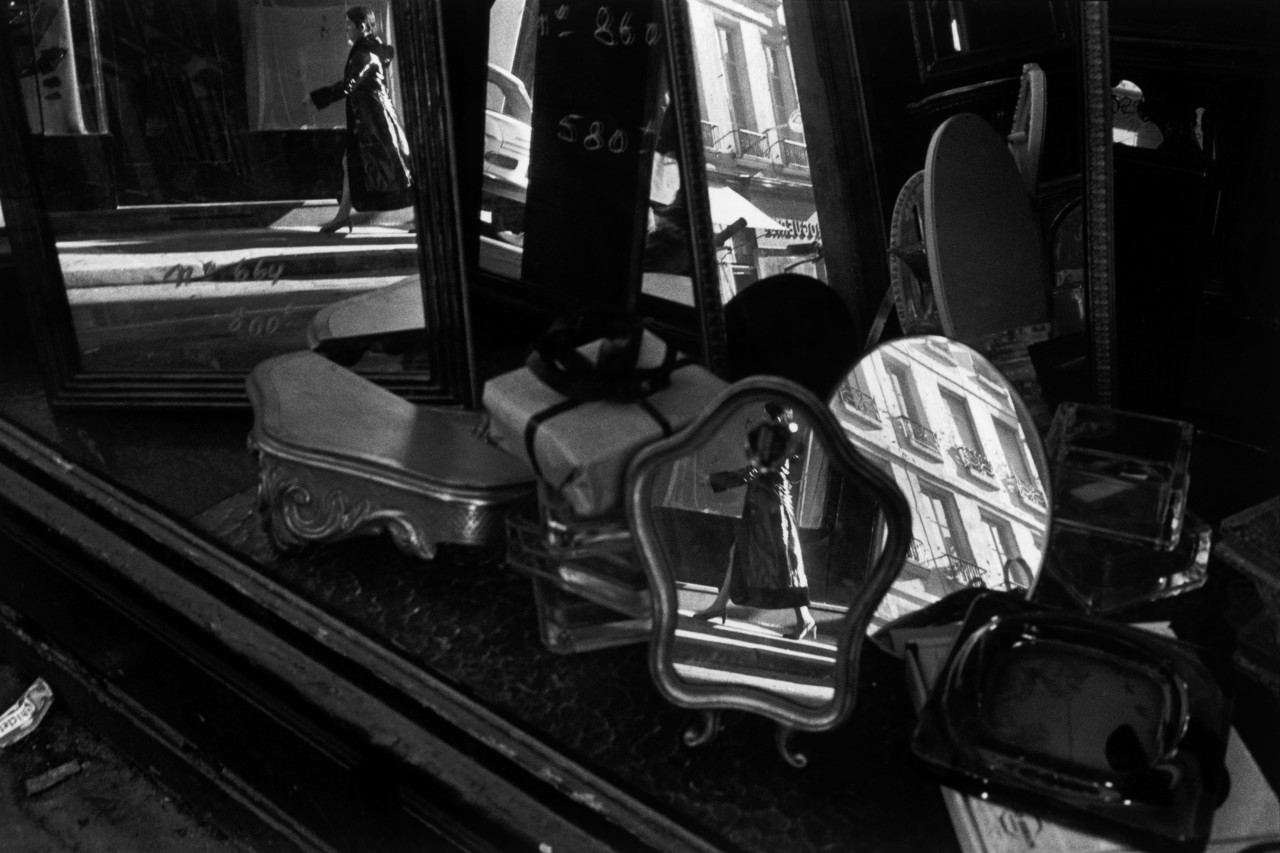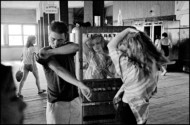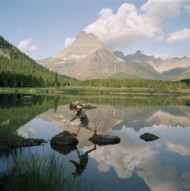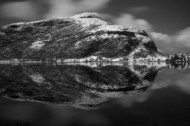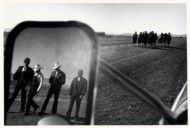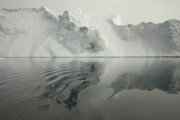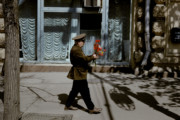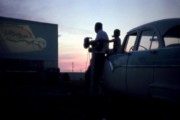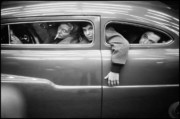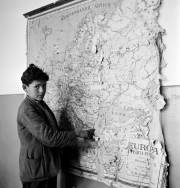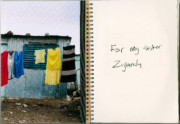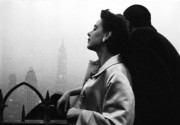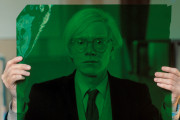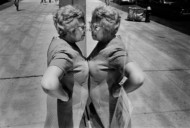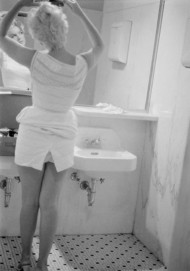Mirror Mirror
From the uncanny to the magical, how reflections are employed to various effect by Magnum photographers
Cameras and mirrors are both devices that show us to ourselves, but when they combine, reflections can do more than perform optic tricks. From providing a simple window into the transformative space of a performer backstage, to bringing multiple perspectives to bear on a single subject, mirrors and reflections have been tapped in numerous inventive ways.
“Reflections are out-of-the-ordinary phenomena, and I’m always on the look-out for those. They often bring interesting baggage with them, like repetition, self-contemplation or a second point of view. They can also give depth to an otherwise flat image,” says Richard Kalvar, who frequently employs them in his practice. In the image edit above, his photograph depicts mirrors in a bric-a-brac shop, but through them also buildings and a lady walking by on entirely different planes.
The reflection in still bodies of water highlights symmetry in nature, as Gueorgui Pinkhassov’s photographs of icebergs in Greenland, and Stuart Franklin’s shots of rocky Norwegian landscapes demonstrate; and more than simply providing a literal multifaceted view on what’s going on out of frame, mirrors can be symbolic, as Alex Webb muses:
“Looking back at my propensity for photographing reflections, I realize that this tendency emerged more and more after my wife and creative partner, Rebecca Norris Webb—who often photographs reflections—and I began to share a life together. However, whereas Rebecca is often drawn to reflection as a kind of poetic reverie, I am usually drawn to it as a way of photographically embracing the co-existence of multiple worlds.”
For Larry Towell, this technique can emphasize the space between two worlds, which is the case in his picture taken on a Sunday in Capulin, an isolated and conservative Mennonite colony in northern Mexico. “The two groups are separated in my pickup truck’s rear view mirror,” he says. “But after church on Sunday, boys follow girls and girls follow boys hoping shyly to meet up and walk together.”
"I am usually drawn to [photographing reflections] as a way of photographically embracing the co-existence of multiple worlds"
- Alex Webb
For some photographers, reflections provide a perfect echo of their personal practice, such as Herbert List’s penchant for the slightly surreal. “The mirror as a reflecting object is utilized early in List’s work,” explains Peer-Olaf Richter, Herbert List’s archivist. “It relates to his metaphysical and surreal program to look beyond or behind the apparent.”
His later work, more influenced by photojournalism, uses reflections of light to create images that are not necessarily journalistic or documentary in a traditional sense. “He keeps true to an aesthetic that sees ‘l’art pour l’art and Delectare et prodesse’ on a par when it comes to create an engaging image,” explains Richter. “In Lists story on Rome’s new central station the futuristic architecture glistening with reflexes and reflected in the wet tarmac is juxtaposed by the rounded forms of the cars waiting in front.”
Elsewhere, reflections lend an almost metaphorical power to an image – Dennis Stock’s studies of Californian architecture through the warped reflections of mirrored buildings add to the photographer’s interpretation of the “head lab” out West; Gueorgui Pinkhassov’s reflection of a crowd in the passenger mirror of a black limo taps into the circus of celebrity; and Rene Burri’s photograph of a plane reflected in the shining walls of a tall building riffs on the name – skyscraper.
The slideshow above is a pit-stop tour though some of these themes. Shop a curation of images based on this story on the Magnum shop here.


